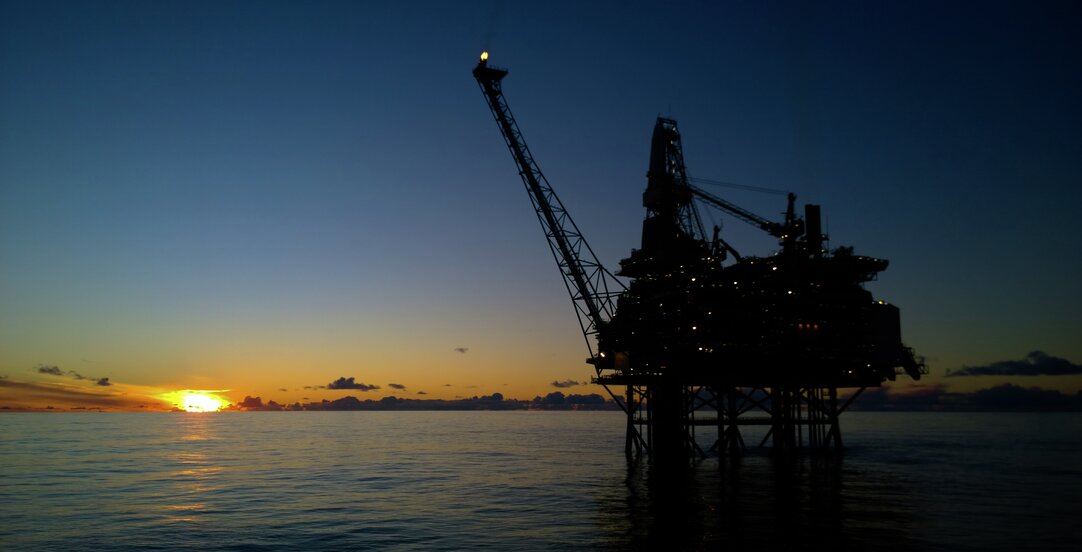Contractual options for stranded assets

The downturn in the offshore markets has clearly been deeper and longer lasting than had originally been expected following the collapse of the oil price back in 2014. This article takes a brief look at the current situation and at some of the contracting solutions that we are seeing in these markets.
Lesetid 5 minutter
Despite it being almost 5 years since the 2014 oil price crash, there would appear to still only be limited appetite for new investments in the offshore space, with many offshore investors and other stakeholders appearing to be keeping their powder dry until more obvious signs of an upturn are visible on the horizon.
The problem for the yards
For the offshore shipyards this means that many completed or nearly completed units (most of which were contracted for in the heady days of 2012-2014) are still lying idle at their yards, with the underlying construction contracts either having been amended to permit postponed delivery pending a market upturn or long since terminated for default.
In retrospect, we now know that the current situation was brought about primarily by a prolonged spell of high oil prices which prompted many owners (both existing players and new entrants to the market) to place speculative orders – often without employment contracts having been secured for the units at delivery. Adding fuel to the flames was the fact that, in such a competitive contracting environment, many offshore shipyards were willing to offer extremely favourable payment terms in order to secure new construction projects for their yards. Indeed at the height of the construction boom in 2012/2013 10:90 payment terms seemed to have become almost industry standard in the offshore markets and even terms of 1:99 being seen in a small number of projects.
Unfortunately for the shipyards, many such construction contracts were entered into by single purpose company buyers with no balance sheet of substance and no real parent company guarantee covering their payment obligations under the contract. From an owner’s point of view, given the comparatively small pre-delivery payment profile, they were almost able to look at these pre-delivery payments as mere options to buy, and consequently when the oil price fell off a cliff in 2014, it has often been less onerous for SPV buyers to forfeit their pre-delivery instalment(s) and to avoid delivery (thus triggering termination of the underlying contract), than to try to source (expensive) funding and take delivery of an asset that they would likely struggle to employ but that would require significant ongoing OPEX expenditure. From the shipyard’s point of view however, with no recourse against parent guarantors, their only remedy has been to kick the can down the road and accept postponed delivery or to terminate the relevant construction contract and to try to recoup their build costs by trying to realise the value of the asset. But in a market where offshore units are typically worth significantly less than when the original construction contracts were placed, realising any value in these units has proved to be a tall order.
Alternative contracting structures
Whilst the immediate aftermath of the downturn saw shipyards (particularly the larger state owned Chinese shipyards) almost paralysed with indecision about how best to recover their losses, in the last 12-24 months, we are seeing shipyards (both private and state owned alike) seeming to be increasingly realistic that the only way to get these units out of their yards is to consider new and alternative contracting structures and to potentially take a haircut on the original build price.
By way of example, transaction structures that we have been involved in recent years have ranged from:
- so-called “sleeping beauty” arrangements where delivery is postponed pending the purchaser being able to source employment and financing for the unit;
- seller’s credit arrangements (up to 100% of the purchase price), whereby title in the unit is transferred to the buyer and the seller’s credit amortised over a number of years post-delivery with the underlying debt secured by the usual range of security (mortgages, assignments of earnings etc);
- bareboat chartering arrangements whereby title in the unit is retained by the shipyard or an affiliated leasing house and the unit bareboat chartered to the prospective purchaser with the contract price amortised over the charter period with a balloon payable by way of a purchase option or obligation;
- the shipyard transferring title in the unit to the prospective purchaser in return for an equity investment in the purchaser group in lieu of the contract price; or
- the shipyards simply selling the units off at a heavy discount to the original contract price.
With the exception of a straight sale and purchase transaction, the above contracting structures are typically bespoke arrangements (and heavily negotiated). One issue that arises in most of the above scenarios however is the condition of the unit at delivery.
Condition on delivery
Whilst, as always, much depends on the respective bargaining power of the contracting parties, in each of the above arrangements the shipyards will typically require that any purchaser (or bareboat charterer) accepts the unit’s “as is, where is” condition at the time when the agreement is made, with owners or bareboat charterers having to pay up front for any works as may be necessary to reactivate the unit.
Tied to the condition of the units and often the subject of negotiation are the warranties as to condition given by the relevant shipyard. Whilst a purchaser might reasonably expect to receive a full 12 month warranty for defects in design, engineering and workmanship under a normal construction contract, in a distressed scenario, shipyards will typically resist giving any form of warranty (unless paid handsomely for the privilege) not least because the units are no longer “new” given that many have been lying idle (and deteriorating) since their original delivery dates, but also because their subcontractor warranties will long since have expired. Giving any form of warranty in these circumstances is therefore high risk for any shipyard.
Conclusion
Whilst in our experience the offshore shipyards are increasingly willing to look at alternative contracting structures to get the units out of their yards (and ideally off balance sheet), it will no doubt take some considerable time before the last of the distressed assets has left the yards. For investors and purchasers however, there are still opportunities to be found.


